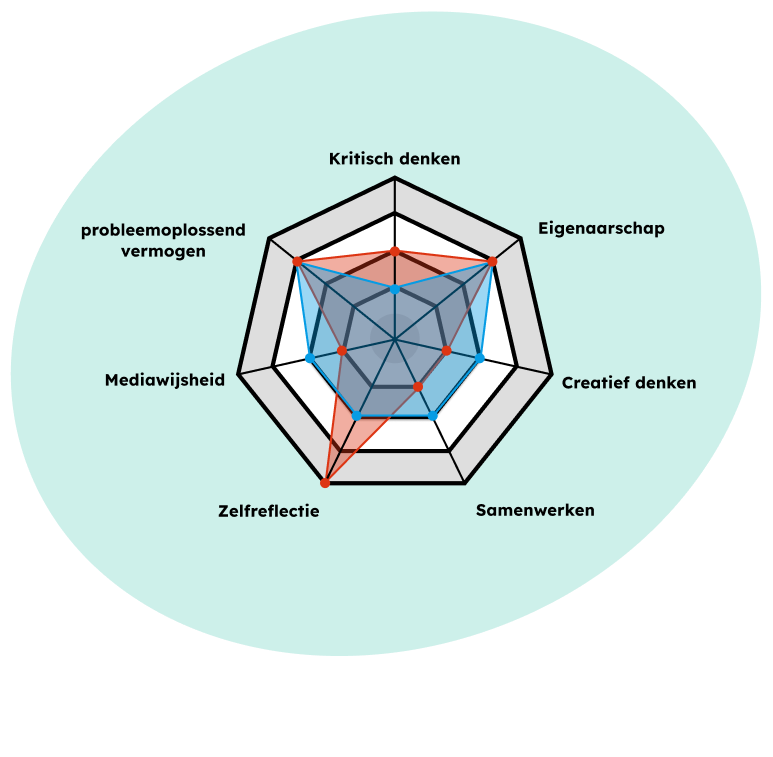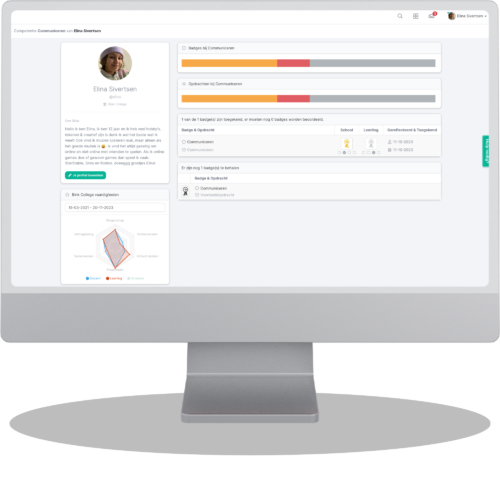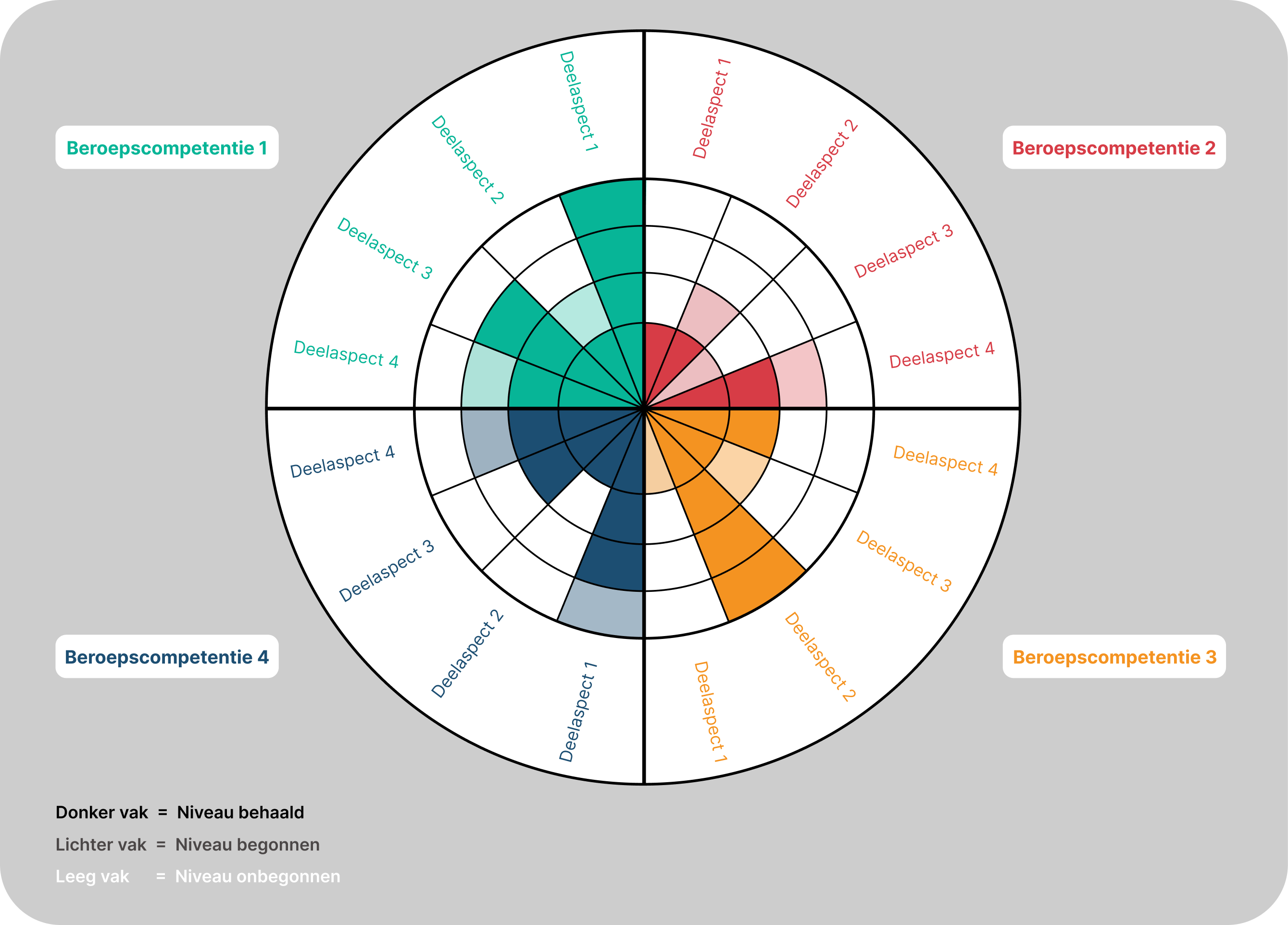Data-driven education
In today’s educational landscape, where technology and data play an increasingly important role, the term “learning analytics” is one that comes up often. But what exactly does this mean for you as a teacher? How can you use learning analytics to enrich your teaching practice and improve your students’ learning experience?
Learning analytics is concerned with measuring, collecting, analyzing and reporting data about students and their contexts, with the goal of understanding and optimizing learning and the environment in which it occurs. It involves using data to support educational processes, from identifying students who need extra help to personalizing the learning process.

Why are Learning Analytics important?
The benefits of learning analytics are great. They enable teachers to:
Monitor learning performance and intervene in a timely manner as needed.
Personalize and tailor learning processes to the individual needs of students.
Evaluate and adapt theeffectiveness of teaching methods and materials.
Increase student engagement and motivation.
By understanding how students learn, teachers can refine their teaching practices and improve learning outcomes.

How can teachers use Learning Analytics?
Implementing learning analytics in your teaching practice does not have to be complicated. Here are some steps to get started:
1. Collecting data
Start collecting data on your students. This can range from basic information such as number of completed assignments or portfolio fill to more complex data on learning activities and feedback interactions within Simulise.
2. Analyzing data
Use our analysis tools to identify patterns and trends in the data. Our charts offer great insight, and group overviews also show well how a student relates to the group.
3. Taking action
Use the insights from data analysis to adjust your teaching strategies. This may mean providing extra support to students who need it, adapting your teaching materials, or introducing new teaching methods.

Analytics in Simulise
Learning analytics in Simulise provides teachers with powerful tools to understand and improve learning. By collecting, analyzing and taking action on data, you can enrich your teaching practice and create a more personalized learning experience for your students. Start small, focus on the student and ensure an ethical approach to data use. With this approach, you can harness the power of learning analytics to make a positive impact on your students’ teaching and learning outcomes.


